String theory could reshape our understanding of the Universe’s accelerating expansion and unlock the mysteries of dark energy.
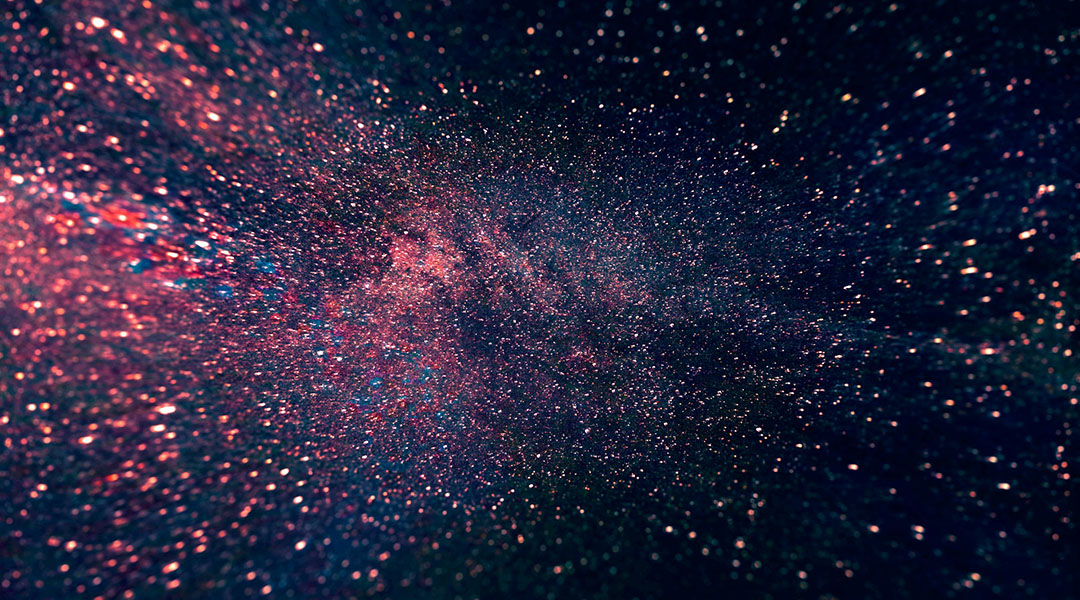

String theory could reshape our understanding of the Universe’s accelerating expansion and unlock the mysteries of dark energy.
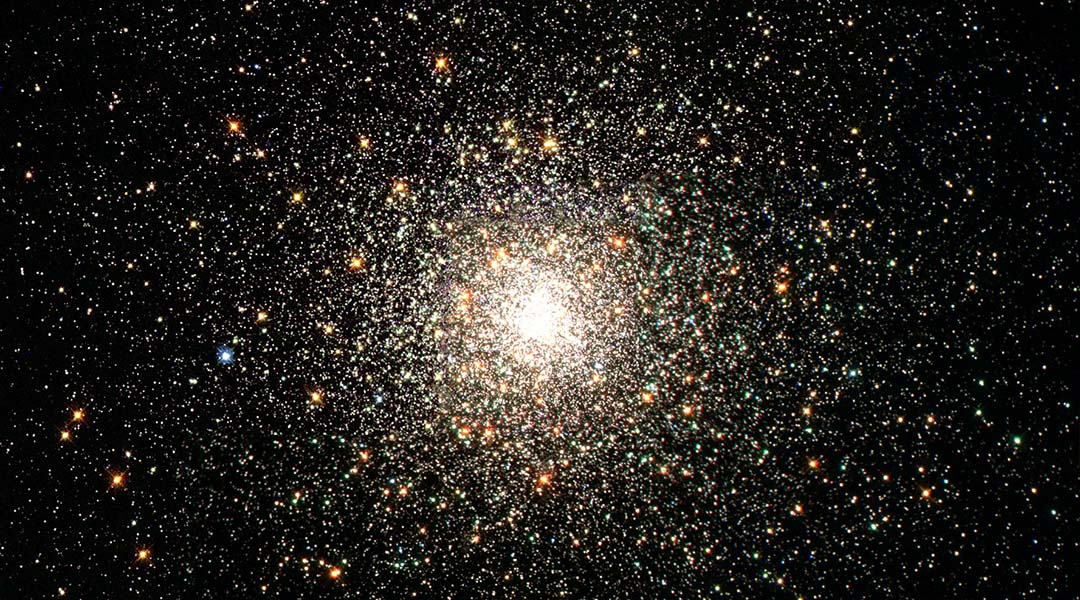
A new study evaluates gravity using string theory, a promising candidate for describing particle interactions at their most fundamental level.
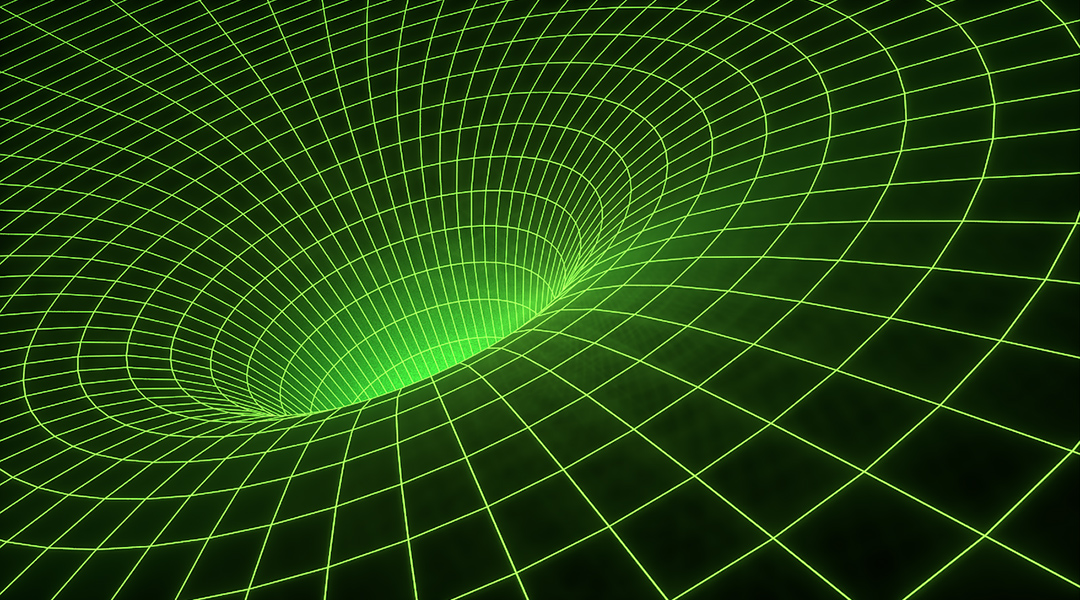
To address unknown quantum gravitational effects in the early universe, physicists have recruited string theory to help solve the problem.
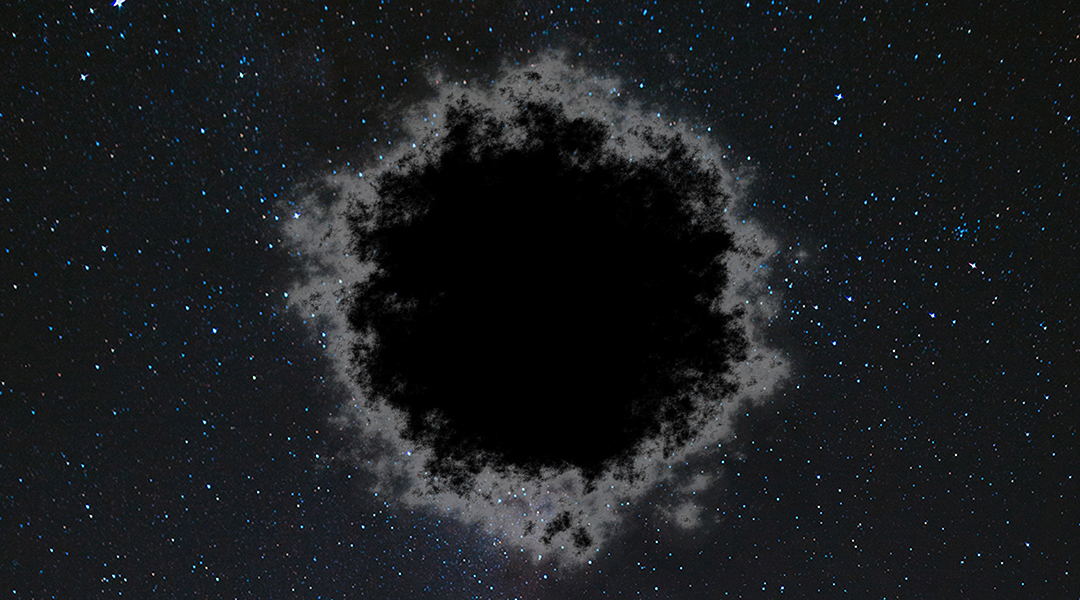
Scientists have turned to string theory to better understand black holes, proposing they can be modeled as “fuzzballs” made up of interacting strings.
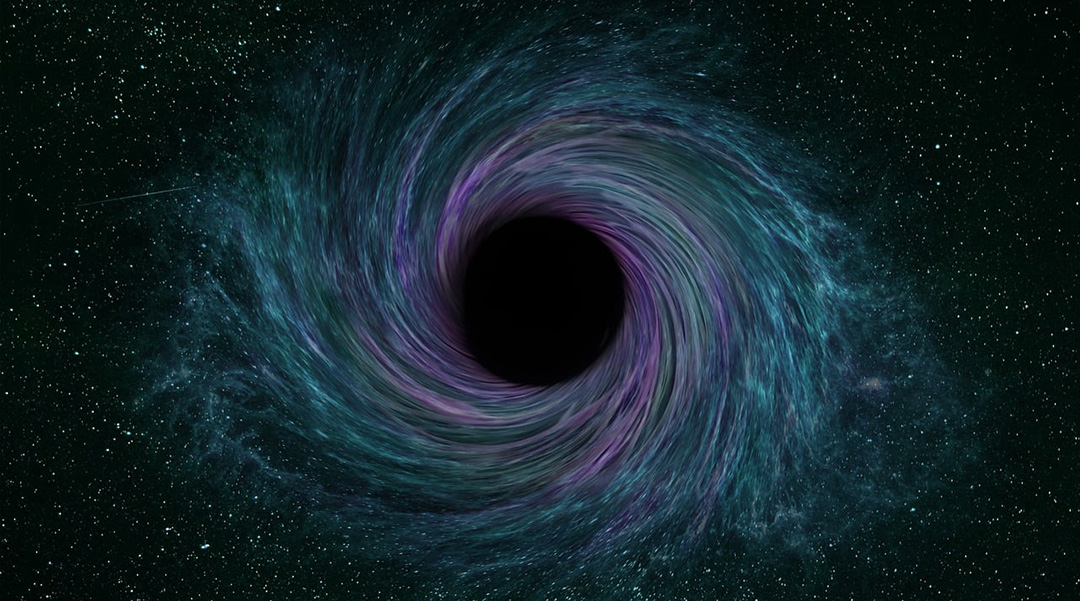
Linking string theory with observations, frozen stars shed new light on black holes and the clash between quantum mechanics and relativity.
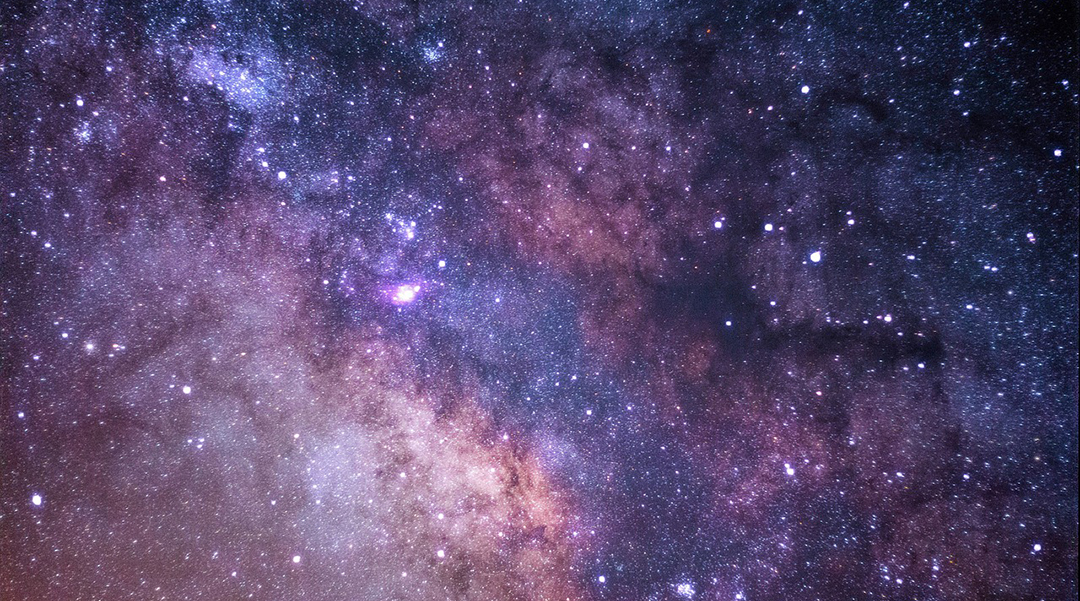
Hubble’s deep near-infrared campaign reveals more supermassive black holes in the early universe than previously expected.

Scientists theorize that cosmic strings interacting with dense matter in the early universe provided the seeds for galaxies and black holes.
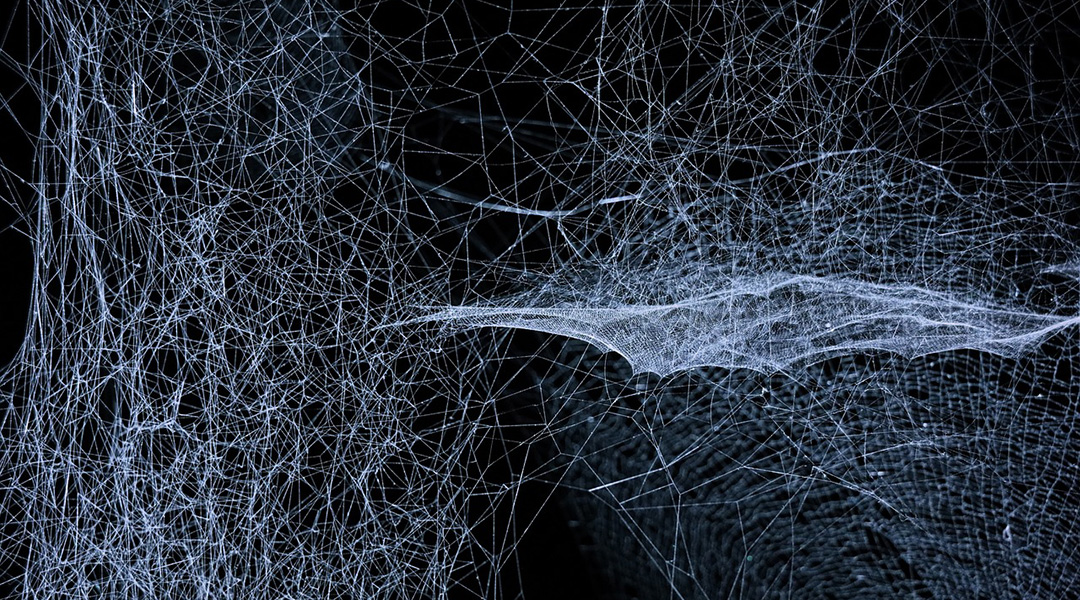
Scientists propose that mysterious dark energy could be understood if we look at the Universe through the lens of string theory.
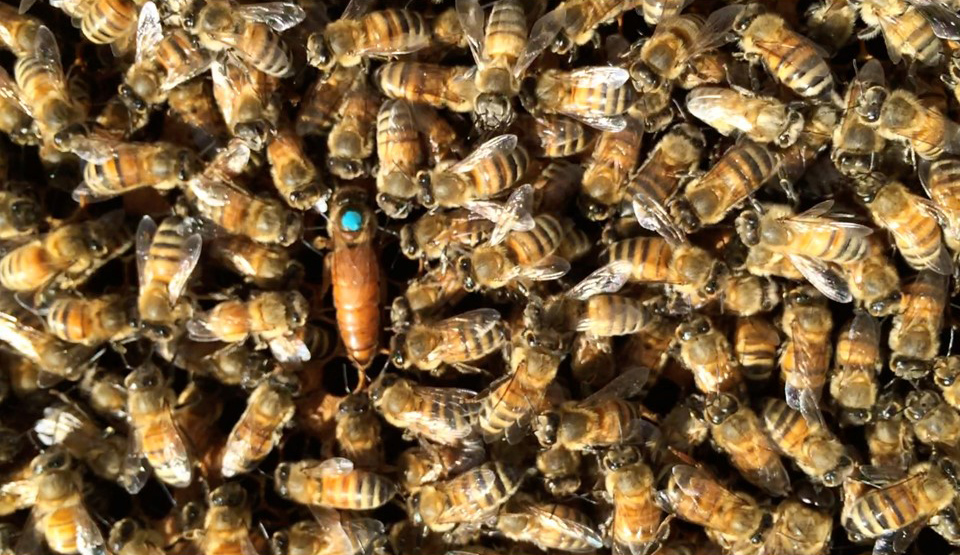
Looking at the social life structures of bees. String theory for the life sciences.
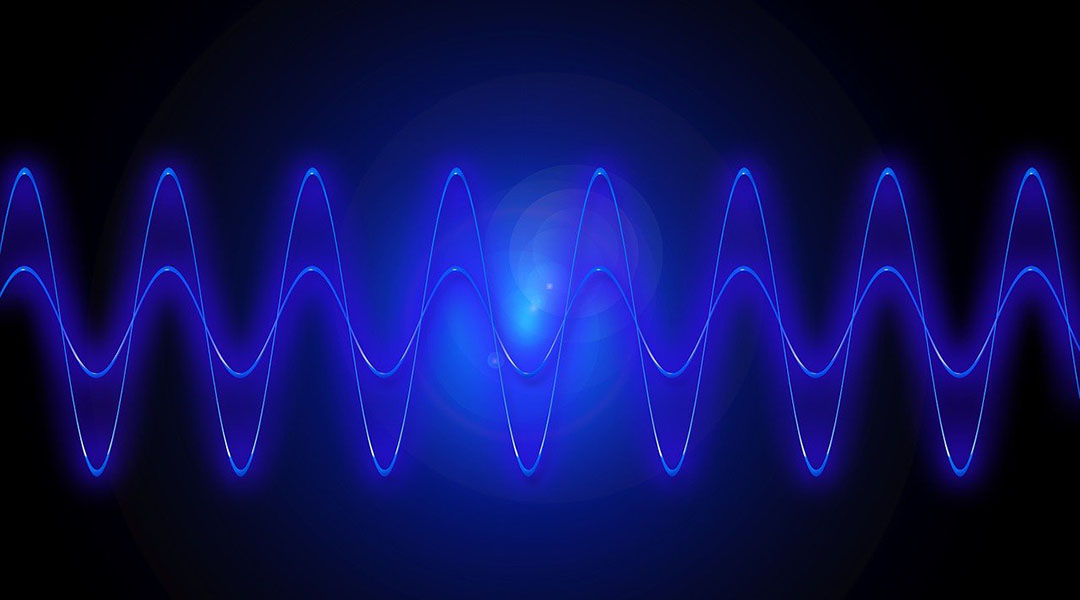
If experimentally proven that gravity is classical, we will have to start from the beginning in a search for a satisfactory ontological picture of the world.